.jpg?cx=1265&cy=0&cw=468&ch=625)
How Long Does It Take for a Water Heater to Heat Up?
Table of Contents
- How Long Does It Take for a Water Heater to Heat Up?
- Other Important Factors
- Common Problems That Slow Down Recovery Time
- Water Heater Taking Too Long to Recover?
- How to Choose the Right Water Heater for Your Needs
- Problems With Your Tankless Water Heater?
- Problems With Your Tank-Style Water Heater?
- Want to Upgrade Your Water Heater?
Whether you’re installing a new water heater or you’re considering replacing your existing unit, it’s common to wonder how long it takes for a water heater to heat up. Modern water heaters have specific recovery time ratings, but they won’t perform as expected if they’re broken or the wrong size for your needs.
In this guide, we’ll outline how long it takes for a hot water heater to heat up after installation based on unit type. We’ll also explore common reasons for subpar heating times and share some troubleshooting tips to get your unit running smoothly again.
How Long Do Certain Types of Water Heaters Take to Heat Up?
The unit type affects how long it takes for a water heater to heat up. Let’s learn how heating times vary depending on the fuel source and whether you have a tank-style or tankless model.
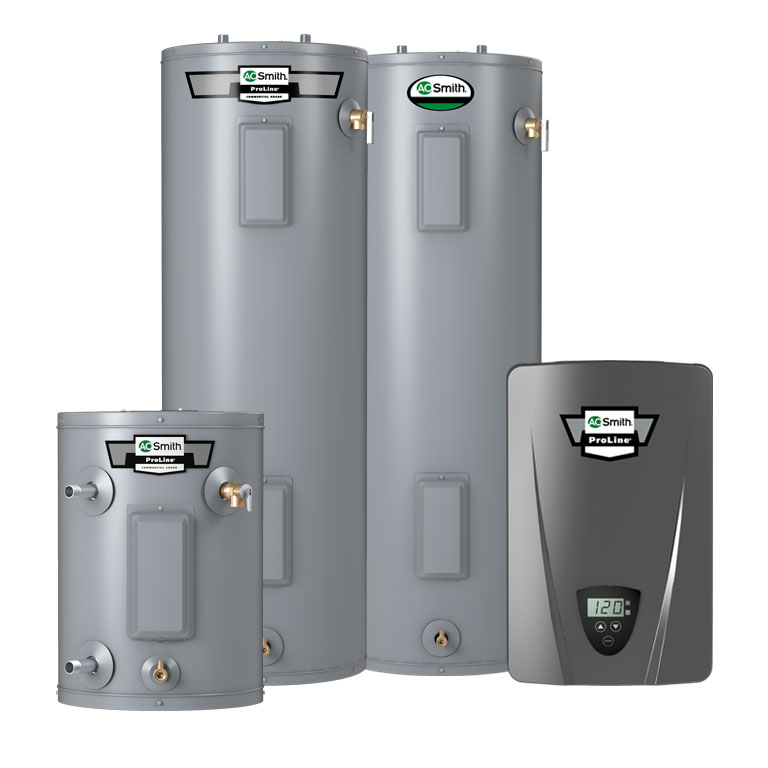
Conventional Gas Tank Water Heater
How long it takes for a gas tank water heater to heat up depends on several factors, including the tank capacity and whether it’s empty. Generally, you can expect your water heater to heat up in 30 to 40 minutes starting from an empty tank.
Models with storage tanks constantly refill and store a ready supply of water, which means you’ll have hot water when you need it during normal use. However, you may need to wait for the tank to reheat during heavy use, such as in the mornings when your entire family takes a hot shower in a relatively short time frame.
Gas Tankless Water Heater
Unlike tank models, gas tankless water heaters heat water on demand. When properly installed, you can turn on a hot water faucet and receive a consistent hot water supply within a few seconds.
Conventional Electric Storage Tank Water Heater
Electric water heaters take longer to heat up than gas-powered units. How long it takes a water heater to heat up after installation depends on your model, but most units take around 60 to 80 minutes to heat from empty.
Like gas tank water heaters, electric tank models heat and store water between uses. Following installation, you should have a consistent hot water supply unless you place high demands on your water heater.
Electric Tankless Water Heater
Like their gas-powered counterparts, electric tankless water heaters heat water at the point of use. A correctly installed electric water heater appropriately sized for your household should provide hot water almost instantly.
Other Important Factors
The unit type significantly impacts how long a water heater takes to heat up. However, other factors can also affect your unit’s heating time, including your water heater’s settings, incoming water temperature, element size, and how well you maintain it.
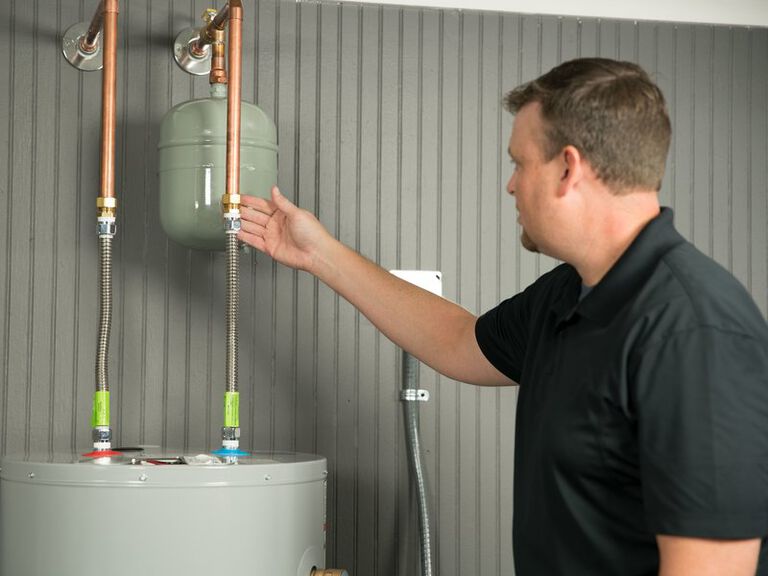
Maintenance, Maintenance, Maintenance!
Common water heater maintenance issues, such as sediment buildup and corrosion, often prevent units from providing a reliable hot water supply. Over time, a lack of maintenance can damage the internal components of your water heater, leading to fluctuating temperatures and longer heating times. Schedule the following maintenance tasks to keep your water heater in excellent working condition:
- Check the anode rod for corrosion and replace it if you see exposed wires (tank models only).
- Inspect the pressure relief valve for leaks and make sure it drains water correctly. The water will run very hot, so it’s wise to wear protective clothing and eyewear.
- Flush the tank on a tank water heater or descale a tankless unit.
- Clean the sediment screen if your water heater has one.
As a general rule, you should perform routine water heater maintenance at least once yearly. However, your manufacturer may recommend a different maintenance schedule, and you should defer to the instructions in your owner manual. Service your unit more often if you notice signs of deterioration, such as discolored water, inconsistent water pressure or strange noises.
If you don’t feel comfortable maintaining your water heater yourself, a certified technician can maintain your unit for you. Our expert local service providers are always on hand to perform routine maintenance and repairs.
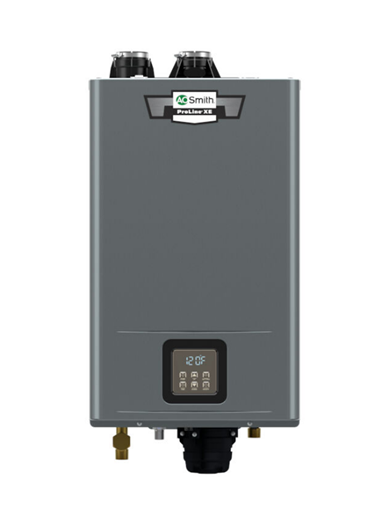
Thermostat Settings
Modern water heaters consistently heat water to the temperature on your thermostat. Most of the time, you won’t need to worry about adjusting the temperature manually. However, your thermostat may be set to the wrong temperature if your water feels scalding or never gets warm enough.
Newly installed water heaters usually have a factory setting of 120 degrees Fahrenheit. While many water heater thermostats go up to 160 degrees, setting your thermostat this high increases the risk of scalds.
According to the Department of Energy, setting your water heater thermostat to 120 degrees can help reduce your energy bills, reduce corrosion and prevent scalds. However, temperatures below 120 degrees could allow harmful germs, such as legionella, to flourish in your hot water system.
Heating Element Size
Electric water heaters contain two heating elements carrying an electrical current. When the current passes through the elements, they heat up and warm the water inside the tank. Conversely, gas-powered models heat the water with a burner.
The size and power of your heating elements can impact how long it takes for a new water heater to heat up. The larger the elements, the faster the water will heat. A new installation will contain the correct element size for your model.
Common Problems That Slow Down Recovery Time
You may notice that your water heater takes longer to heat up as it ages. Longer heating times can signify several common issues, including sediment buildup and broken components. Allowing these problems to worsen can cause significant damage, so it’s a good idea to call a professional to diagnose and fix the cause of slow recovery times.
Sediment Buildup
Particles from your water supply can accumulate inside your water heater and cause corrosion. If you don’t remove the buildup regularly, it settles around the elements and prevents them from heating the water efficiently. It may also cause blockages, reducing the flow of hot water to your faucets.
Other warning signs of sediment accumulation include:
- Unexpectedly high energy bills
- Leaks in your tank, pipes or pressure relief valve
- Cloudy or discolored water
- Popping or growling noises
Flushing your water heater regularly removes sediment before it causes more severe problems. If you regularly experience sediment buildup, installing a whole-house water filter could help. These devices remove sediment from your water supply as it enters your home, protecting your water heater and other appliances.

Broken Dip Tube
In tank-style water heaters, a plastic or metal dip tube runs from the inlet pipe to the bottom of the tank. This tube transports cold water to the bottom for heating, ensuring a consistent temperature throughout the tank.
A broken dip tube won’t mix the water effectively, allowing cold water to accumulate at the top. When you turn on a hot faucet, cold water will enter from the top of the tank, and you’ll need to run the fixture longer before the water becomes warm.
The most obvious sign of a broken dip tube is cold water running from your hot faucets. You may also notice broken pieces of the dip tube in your water or more frequent clogs. Replacing the fractured tube will allow your heater to heat the water more consistently and efficiently.
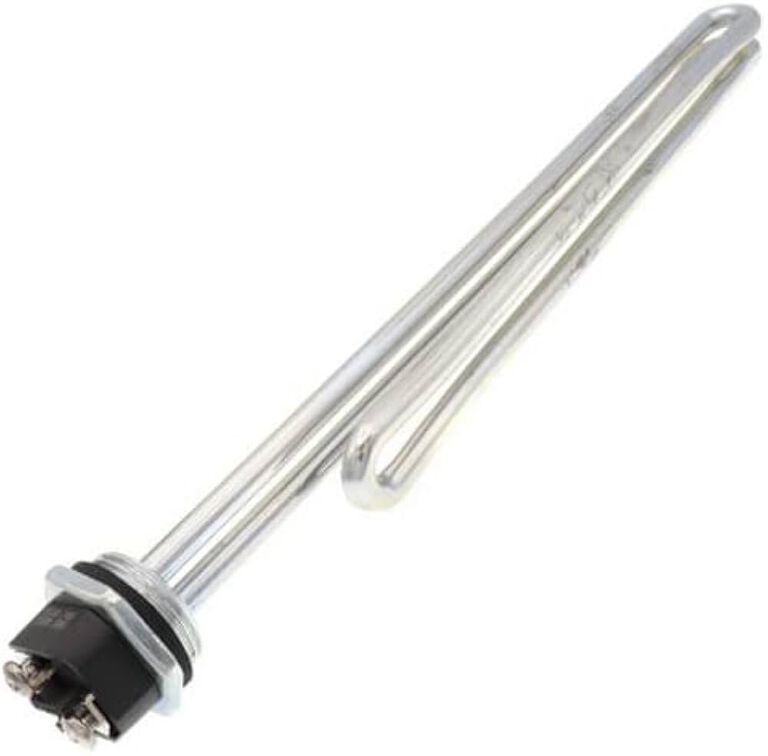
Failed Heating Elements
If one or both of the heating elements break, your water heater may take longer to heat up (or fail to heat water altogether). Sediment accumulation can also prevent normal heat transfer between the heating elements and the water, leading to longer recovery times and higher electricity bills.
Running your water heater with faulty elements puts your unit under unnecessary strain and may cause it to break down prematurely. Therefore, it’s essential to replace them as soon as you notice an issue. While it’s possible to replace a broken element yourself, installing it incorrectly could increase the risk of electric shocks and other water heater issues. A certified technician can replace the elements safely and check your water heater for other causes of slow recovery times.
Incorrect Sizing
A new water heater should deliver the recovery times stated in your manufacturer’s handbook. If it doesn’t, you may have the incorrect unit size for your household.
Tank-style and tankless water heaters come in different capacity ratings. Which water heater size you need depends on the number of people in your household and how much hot water you use. If your water heater is too small for your household, it won’t be able to keep up with your usage, but if it’s too large, it will heat more water than you need, increasing your utility bills unnecessarily.
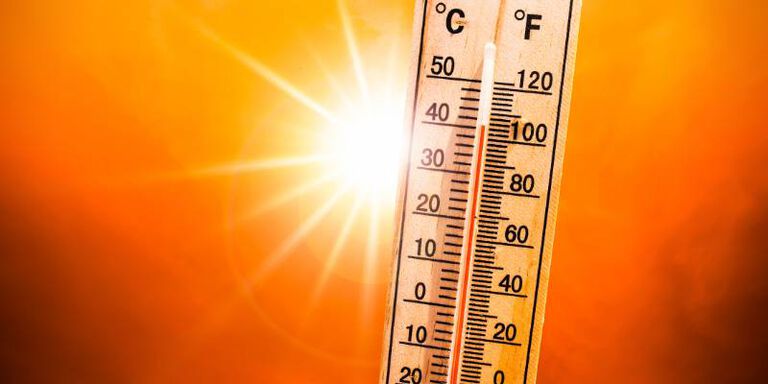
Seasonal Temperature Changes
Colder weather reduces the water temperature in outdoor supply pipes, and your water heater will have to work harder to heat it to your desired level. This issue may be more noticeable if you live in an area with very low winter temperatures.
Adjusting the temperature on your water heater’s thermostat as the seasons change can improve its recovery times. Many homeowners find it helpful to set their thermostats to 120 degrees in the summer and increase the temperature to 140 degrees in the winter. (insert burn warning)
Water Heater Taking Too Long to Recover?
A water heater that takes too long to recover can be annoying, especially if it prevents your family from getting ready on time in the morning. When your water heater takes too long to heat up, it’s time to schedule routine maintenance. If flushing or descaling your water heater doesn’t work or you discover an issue with one of its parts, our customer support representatives can provide support and connect you with a knowledgeable technician.
For water heaters aged 10 years or older, long recovery times could be a sign you need a replacement. Water heater lifespans vary between manufacturers, but you can expect a tank-style unit to last for 6 to 12 years if you maintain it correctly. Tankless water heaters have much longer expected lifespans, and a well-maintained unit can function well for over 20 years.
How to Choose the Right Water Heater for Your Needs
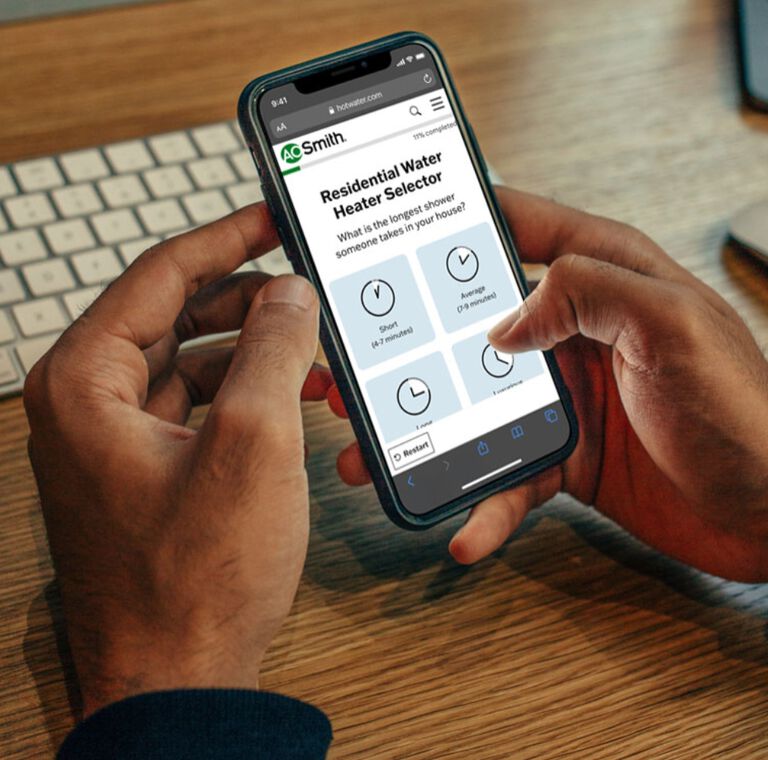
A consistent, trouble-free hot water supply starts with the right unit for your home’s layout and hot water usage. The following factors affect which water heater you need:
- The size of your home
- The number of people in your household
- The flow rates of your appliances and fixtures
- Your home’s fuel connections
- Your budget
Certain water heater types may be more suitable for your needs if you live in an area with frequent power outages. Some gas-powered water heaters don’t rely on electricity, making them popular in homes with unreliable power supplies. Alternatively, you could consider installing a backup generator or opting for a standing pilot model so you can access stored hot water during an outage.
Determining which water heater best meets your needs can be challenging without expert knowledge. Our water heater selector tool can help you find the most suitable models for your needs and budget.
Problems With Your Tankless Water Heater?
Minor tankless water heater troubleshooting tasks, such as descaling your unit, are DIY-friendly. However, it’s best to leave major repairs to the professionals. Attempting to fix a tankless water heater yourself could damage your system and prevent your unit from running safely. You also risk voiding your warranty if you repair your water heater without the relevant qualifications.
Our customer service representatives are ready to help you resolve common tankless water heater issues. We can advise you on solving technical problems and schedule a visit from a qualified professional for more complex repairs.
Problems With Your Tank-Style Water Heater?
While routine tank-style water heater maintenance is manageable for experienced DIY-ers, repairing your unit often means working with gas lines or electricity. Tackling these repairs can be dangerous without the right know-how, so it’s always safer to hire a professional plumber. Our customer service team can put you in touch with a qualified technician to get your water heater up and running again.
Want to Upgrade Your Water Heater?
If your water heater is reaching the end of its lifespan or takes too long to heat up, it could be time for an upgrade. A.O. Smith offers a broad range of high-quality water gas and electric water heaters to suit all homes and household sizes. Contact us today to discuss your needs with our customer service team and explore our residential water heating solutions.